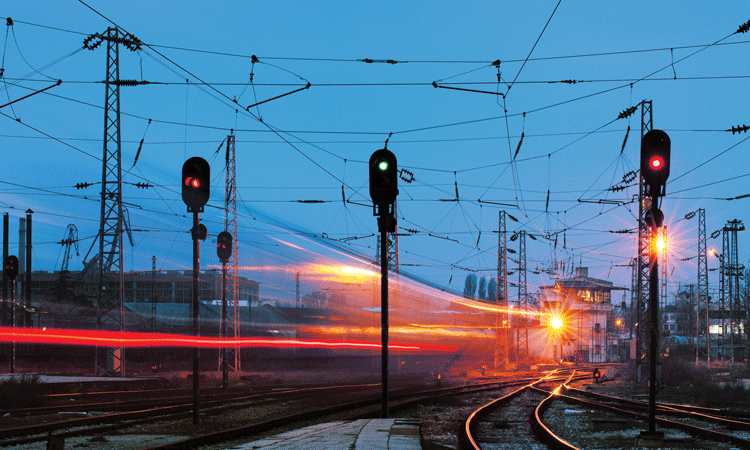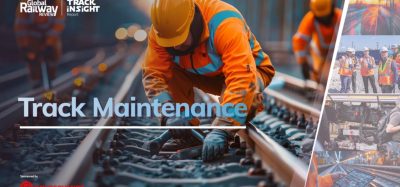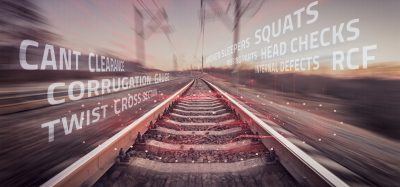The digitalisation of Europe’s rail signalling
Posted: 10 July 2016 | | No comments yet
The digitalisation of Europe’s rail signalling is a long-term challenge making patchy progress. Ian Hall looks down the tracks for signs of optimism.


Europe’s rail industry has a grand vision to make its signalling – one of the most crucial parts of any railway, albeit little considered by passengers – digital.
Tracing the route-map – past, present and future – from old, analogue signals to the prospective bright new digital future requires penetrating a highly technical orbit packed with acronyms and initialisms.
At its heart is the European Rail Traffic Management System (ERTMS), a classic European Union-backed initiative becoming the lodestar for signalling in Europe and, increasingly, worldwide.
The aim is to boost international interoperability and the procurement of signalling equipment by creating a pan-European standard for train control systems, with many benefits to users (whether passenger or freight) including creating greater railway capacity. Core elements are the European Train Control System (ETCS) and GSM-R, the mobile communications standard for railways.
ERTMS across Europe
The creation of a pan-European system was first discussed in the late-1980s. Southern European states were initially in the driving-seat for the first roll-outs: a high-speed line in Spain opened with ERTMS Level 1 in 2004 and a year later the high-speed Rome–Naples line in Italy was operating with ERTMS Level 2.
But progress, when viewed at a pan-European level, has in the subsequent decade been patchy. Switzerland is relatively well progressed and countries such as Denmark, Norway and Belgium have roll-out programmes; but, other than on Europe’s new high-speed lines, deployment has frequently stalled with the retro-fitting of complex (and busy) urban routes being particularly challenging. UNIFE estimates that more than 40,000 track/km are ERTMS-fitted or contracted in Europe.
Amid pleas for greater co-ordination and a stable vision, recent years have even seen senior European rail industry figures making headlines by describing ‘now or never’ moments for ERTMS.
The past few months, though, have witnessed potential breakthroughs.
The European Union Agency for Railways (formerly known as ERA) delivered its ‘ERTMS Longer Term Perspective’ strategy document just over six months ago.
More recently the European Commission and the European Union Agency for Railways launched Baseline 3 Release 2 (B3R2), the latest specifications for ERTMS, in a bid to ‘serve as a stable regulatory base to overcome difficulties’.
In a bid to create investor certainty and hasten deployment, agreement has been reached for no further update of specifications before at least 2022.
In respect of trackside technology upgrades, the European Commission is also revising what is known as the European Deployment Plan (EDP) for nine ‘core network corridors’.
For a deeper technical perspective, European Railway Review asked Frans Heijnen and Michel Ruesen for their views on the main challenges for ERTMS deployment.
Progress in the UK
Within Europe it is interesting to look at the UK, which, at time of writing, is in the midst of a Parliamentary inquiry into rail technology, with a focus on signalling.
Top of the MPs’ agenda is Network Rail’s planned roll-out of ERTMS and ETCS, including its 25-year ‘Digital Railway’ plan.
Britain’s first ETCS-fitted route was the little-known Cambrian line, which is between Shrewsbury in western England and the Welsh coast. This was selected as its signalling equipment was outmoded and, given its low capacity, was ideal to act as a guinea-pig in 2011.
Roll-out is now reaching main lines and stations receiving ETCS signalling upgrades recently include Ashford International.
However, scepticism lingers in the UK about the likely pace of deployment. Mick Cash, General Secretary of the National Union of Rail, Maritime and Transport Workers (RMT), told the Parliamentary inquiry on 13 June 2016, when asked for his view on ‘experience across Europe’: “It seems very up in the air and blue-sky thinking. We seem to be having a lot of technical debate about what can or cannot be achieved.”
Barriers to development
Ian Brown CBE, currently Director of Policy at the UK-based campaign organisation Railfuture, was formerly MD of London Rail at Transport for London (TfL) until 2011 and has an interesting perspective on ERTMS in the UK context.
He is sceptical that ERTMS roll-out should be unilaterally mandated, telling European Railway Review: “ERTMS has been pushed by the EU as a standard platform for railways, not always against a background of need. In the UK the need for what is called the ‘digital railway’ is very high because growth has pushed the network to the limits of capacity and, increasingly, resilience.”
Ian continues: “The barrier to the successful roll-out of ERTMS is the EU itself in wanting to apply it as standard and as quickly as possible. Investment in ERTMS is constrained by the speed of technical development of such systems. It also has to be justified by bringing benefits in areas where, particularly, increased capacity is needed – not applied as standard where they are not.
“The EU approach as a background objective is laudable but not economic if spread around railways that are underperforming in terms of growth and capacity utilisation.”
More specifically, Ian continues: “The other significant barrier is the supply-side in being able to supply ERTMS as a cost-effective way of addressing these issues. It is clear that, for a high-volume, metro-style operation, the enormous per kilometre costs of ERTMS are worth it, but in my experience at TfL, when responsible for the Docklands Light Railway [from 1996], the benefits were clear but the application was difficult. Cost was a major issue but participation in the development of the product itself for the railway involved the setting up of an internal client-side team working with the supplier, including a technical audit group. This was complicated. The end result of carrying 120 million rides per annum is an example where a digital solution was optimum. I doubt if this is the case for many railways across Europe, other than high-speed lines where other factors such as safety come into play. The national railways are just not equipped to deliver this in the absence of a clear business case to do so.”
Issue
Related topics
Big Data, Digitalisation, Signalling, Control & Communications








